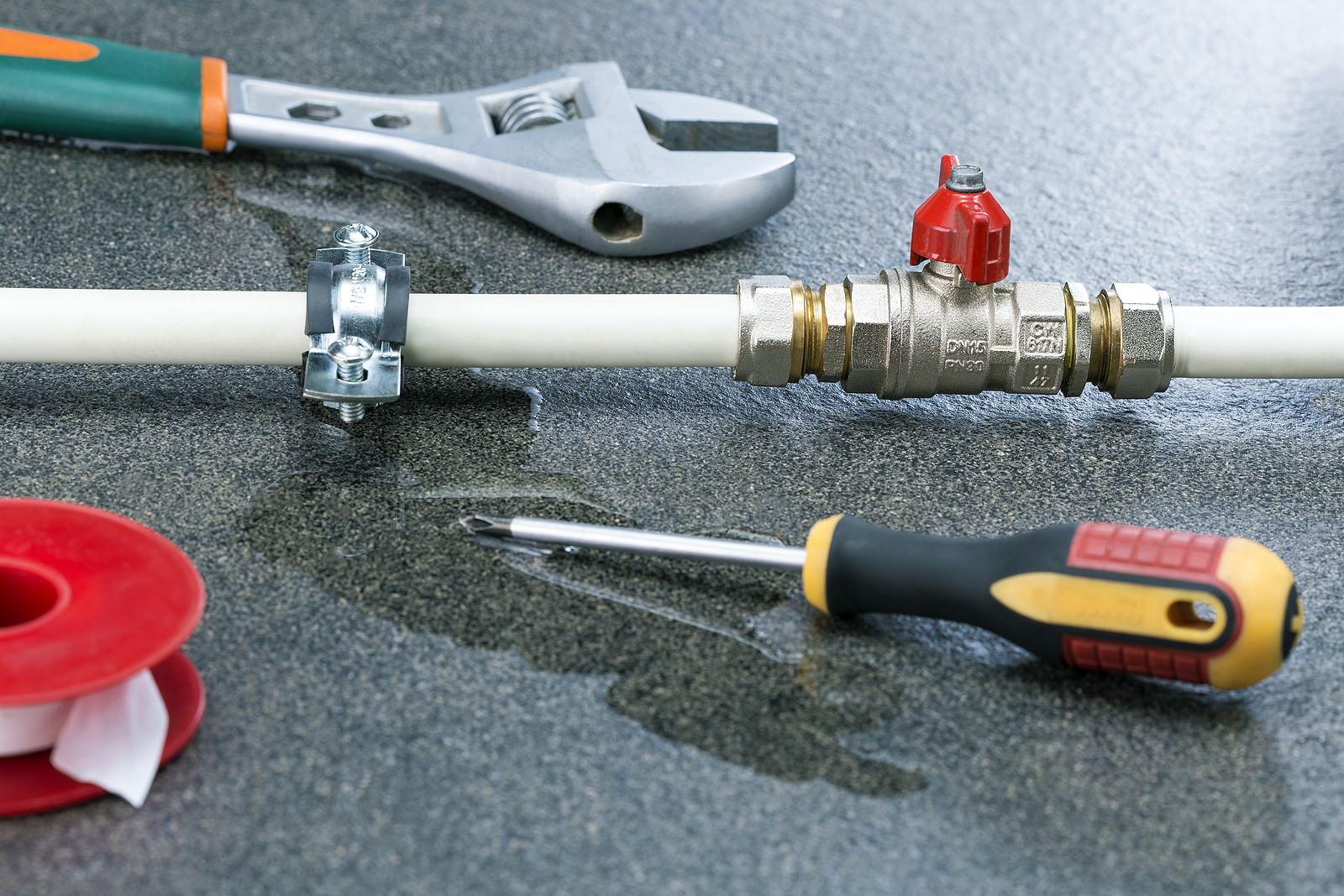How to Find and Repair Water Leaks-- A Comprehensive Overview
How to Find and Repair Water Leaks-- A Comprehensive Overview
Blog Article
What are your ideas concerning Finding hidden leaks?

Early discovery of leaking water lines can mitigate a potential calamity. Some small water leakages may not be noticeable.
1. Analyze the Water Meter
Every house has a water meter. Checking it is a proven manner in which helps you uncover leakages. For starters, switch off all the water sources. Make sure nobody will purge, utilize the faucet, shower, run the cleaning device or dishwasher. From there, most likely to the meter as well as watch if it will change. Given that nobody is utilizing it, there ought to be no activities. If it moves, that indicates a fast-moving leakage. Likewise, if you find no changes, wait an hour or 2 and inspect back once more. This means you might have a slow leak that can also be underground.
2. Inspect Water Intake
Evaluate your water costs and track your water consumption. As the one paying it, you must notice if there are any inconsistencies. If you spot sudden changes, in spite of your usage coinciding, it means that you have leaks in your plumbing system. Keep in mind, your water expense need to drop under the same range on a monthly basis. A sudden spike in your bill indicates a fast-moving leak.
A steady increase every month, also with the very same behaviors, reveals you have a slow-moving leakage that's additionally gradually intensifying. Call a plumber to completely check your residential or commercial property, especially if you feel a cozy location on your floor with piping underneath.
3. Do a Food Coloring Test
30% comes from bathrooms when it comes to water usage. Test to see if they are running appropriately. Decrease specks of food color in the storage tank as well as wait 10 minutes. There's a leakage between the tank as well as dish if the color somehow infiltrates your bowl throughout that time without flushing.
4. Asses Exterior Lines
Don't fail to remember to examine your outdoor water lines as well. Needs to water seep out of the connection, you have a loosened rubber gasket. One little leak can lose tons of water as well as increase your water costs.
5. Assess the situation as well as evaluate
Property owners must make it a behavior to check under the sink counters and even inside cupboards for any bad odor or mold growth. These two red flags suggest a leakage so punctual attention is required. Doing routine evaluations, even bi-annually, can save you from a significant problem.
Check for stainings as well as weakening as a lot of home appliances and also pipelines have a life expectancy. If you believe leaking water lines in your plumbing system, do not wait for it to intensify.
Early detection of dripping water lines can mitigate a prospective disaster. Some little water leaks might not be visible. Examining it is a guaranteed way that assists you discover leakages. One little leak can waste bunches of water and also surge your water costs.
If you believe dripping water lines in your plumbing system, don't wait for it to intensify.
WARNING SIGNS OF WATER LEAKAGE BEHIND THE WALL
PERSISTENT MUSTY ODORS
As water slowly drips from a leaky pipe inside the wall, flooring and sheetrock stay damp and develop an odor similar to wet cardboard. It generates a musty smell that can help you find hidden leaks.
MOLD IN UNUSUAL AREAS
Mold usually grows in wet areas like kitchens, baths and laundry rooms. If you spot the stuff on walls or baseboards in other rooms of the house, it’s a good indicator of undetected water leaks.
STAINS THAT GROW
When mold thrives around a leaky pipe, it sometimes takes hold on the inside surface of the affected wall. A growing stain on otherwise clean sheetrock is often your sign of a hidden plumbing problem.
PEELING OR BUBBLING WALLPAPER / PAINT
This clue is easy to miss in rooms that don’t get much use. When you see wallpaper separating along seams or paint bubbling or flaking off the wall, blame sheetrock that stays wet because of an undetected leak.
BUCKLED CEILINGS AND STAINED FLOORS
If ceilings or floors in bathrooms, kitchens or laundry areas develop structural problems, don’t rule out constant damp inside the walls. Wet sheetrock can affect adjacent framing, flooring and ceilings.
https://www.servicemasterbyzaba.com/blog/how-to-detect-water-leakage-in-walls/

We are very involved in Top leak detection hacks and I really hope you enjoyed reading the entire blog posting. So long as you liked our blog post plz make sure you remember to share it. I praise you for your time. Kindly check our website back soon.
Report this page